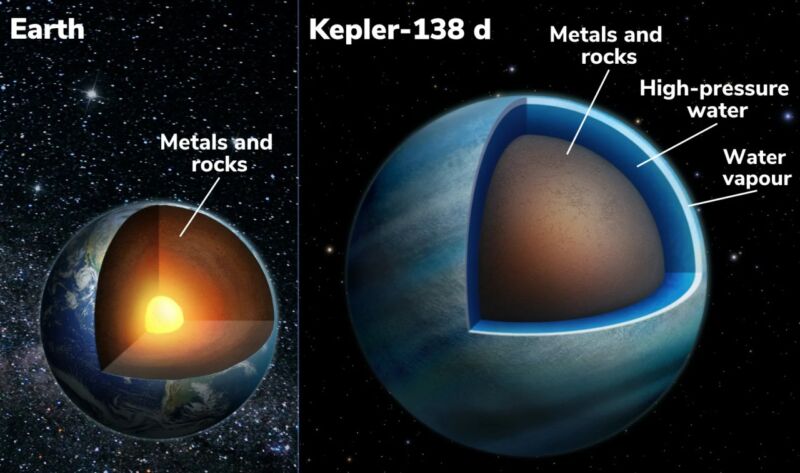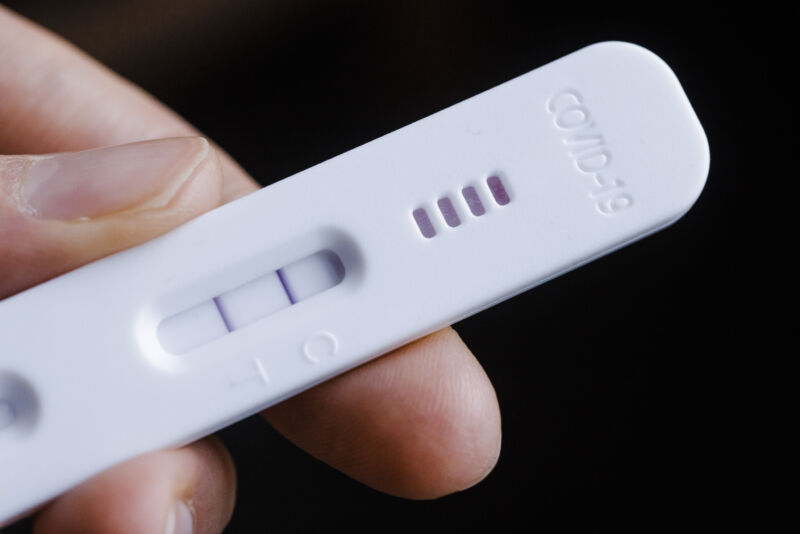More water worlds than we thought might support life

Enlarge / High pressure ices near the crust are a feature of water-rich worlds.` (credit: Benoit Gougeon (University of Montreal))
The possibility that there is liquid water on an exoplanet’s surface usually flags it as “potentially habitable,” but the reality is that too much water might prevent life from taking hold.
“On Earth, the ocean is in contact with some rock. If we have too much water, it creates high-pressure ice underneath the ocean, which separates it from the planet’s rocky interior,” said Caroline Dorn, a geophysicist at ETH Zurich, Switzerland, who led new research in exoplanet interiors.
This high-pressure ice prevents minerals and chemical compounds from being exchanged between the rocks and the water. In theory, that should make the ocean barren and lifeless. But Dorn’s team argues that even exoplanets that have enough water to form such high-pressure ice can host life if the majority of the water is not stored in the surface oceans but is held much deeper in the planet’s core. The water in the core can’t sustain life—it’s not even in its molecular form there. But it means that a substantial fraction of a planet’s water isn’t on the surface, which makes the surface oceans a little more shallow and prevents high-pressure ice from forming at their bottom.
